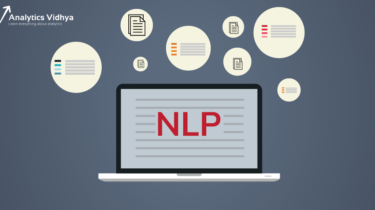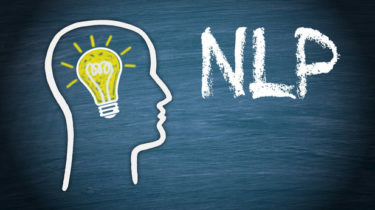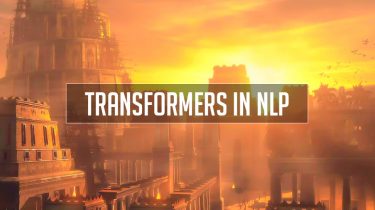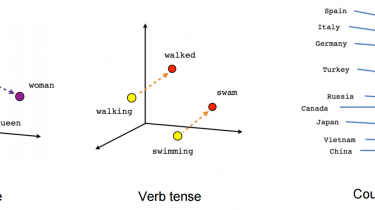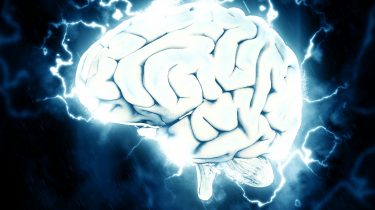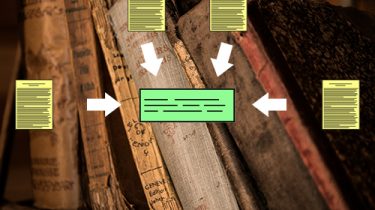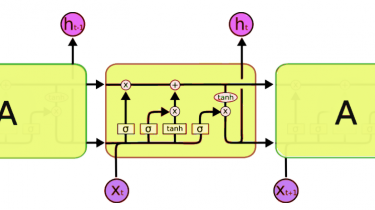Word Sense Disambiguation: Importance in Natural Language Processing
This article was published as a part of the Data Science Blogathon Introduction In human language, often a word is used in more than one way. Understanding the various usage patterns in the language is important for various Natural Language Processing Applications. ( Image: https://www.pexels.com/photo/book-eyeglasses-eyewear-page-261857/ ) In various usage situations, the same word can mean differently. As, a vast majority of the information online, is in English, for the sake of simplicity, let us deal with examples in the English language only. […]
Read more